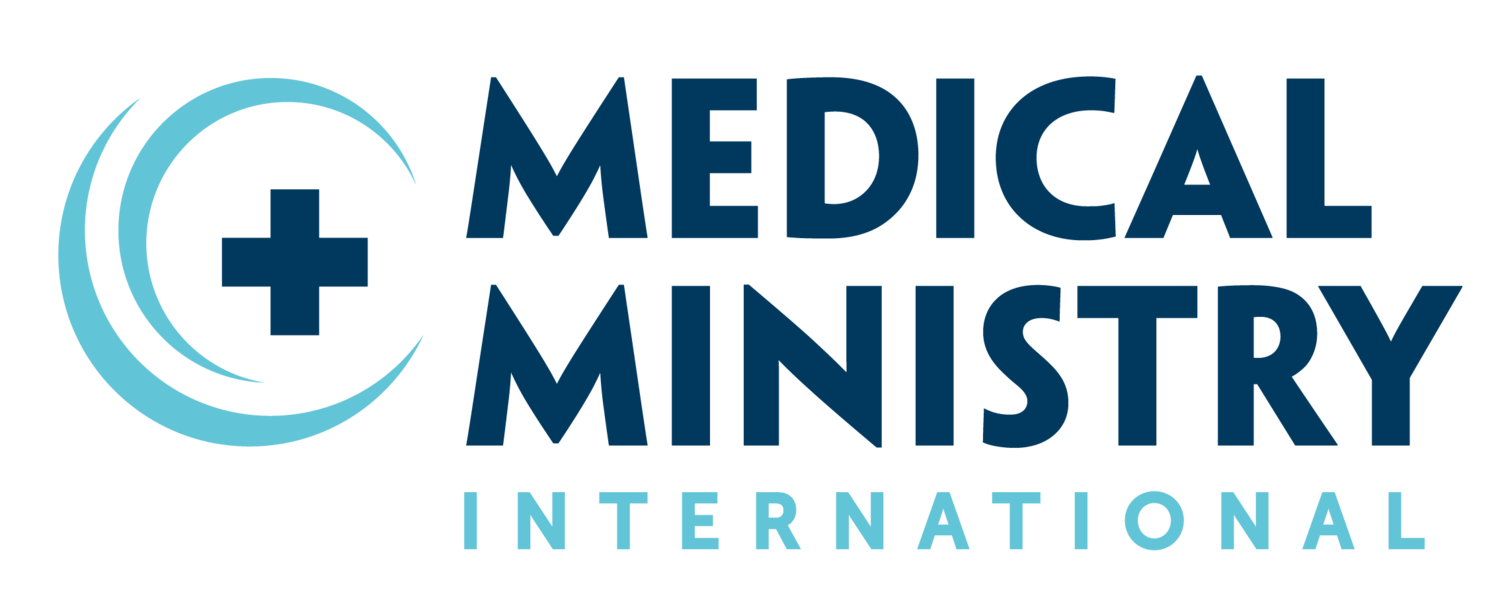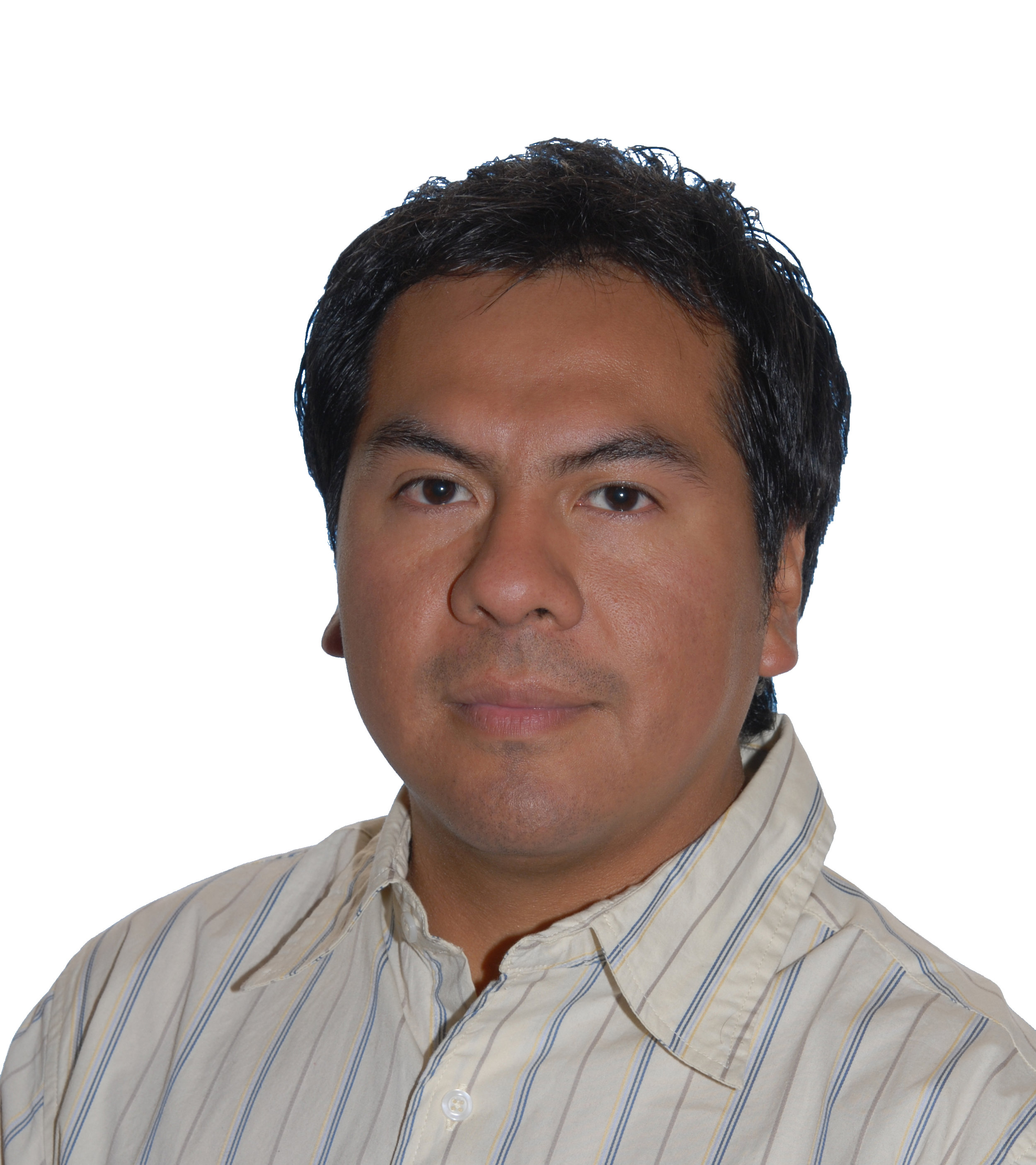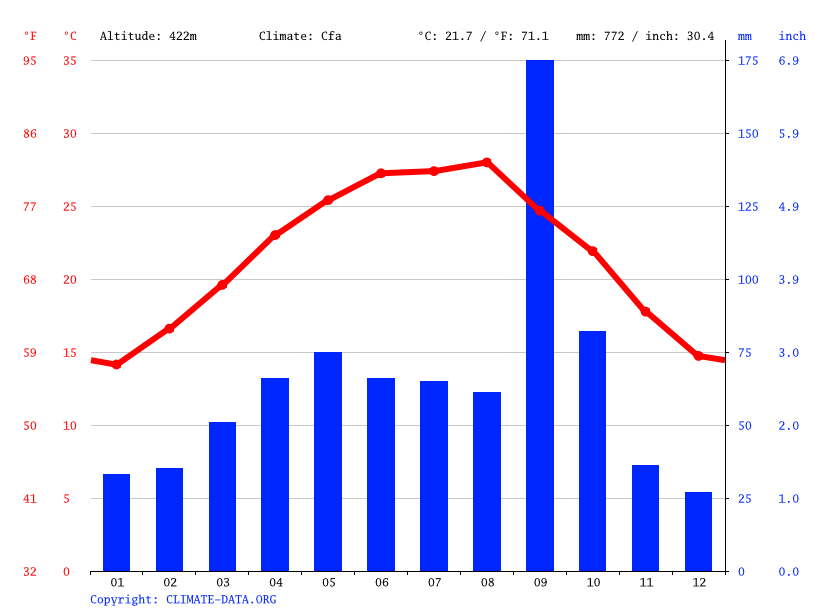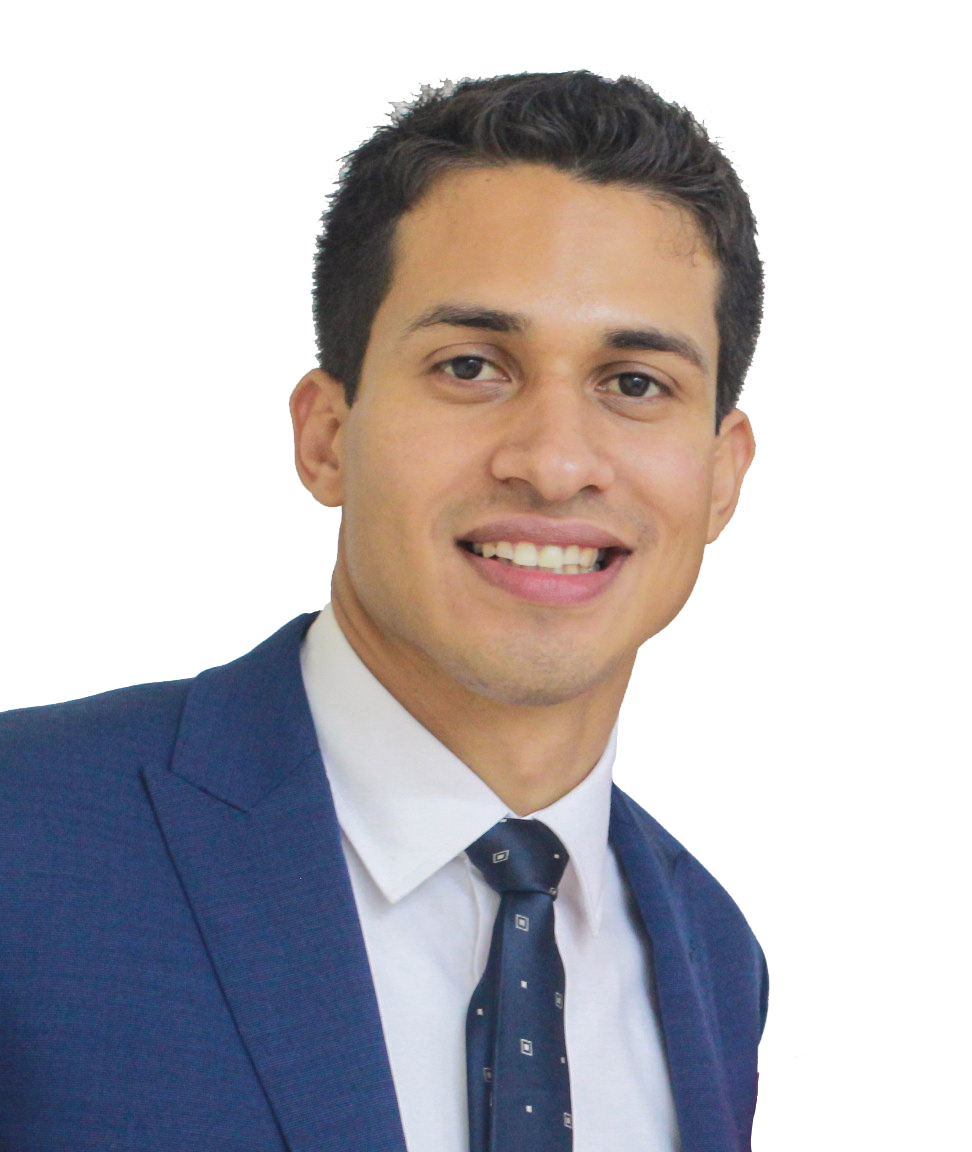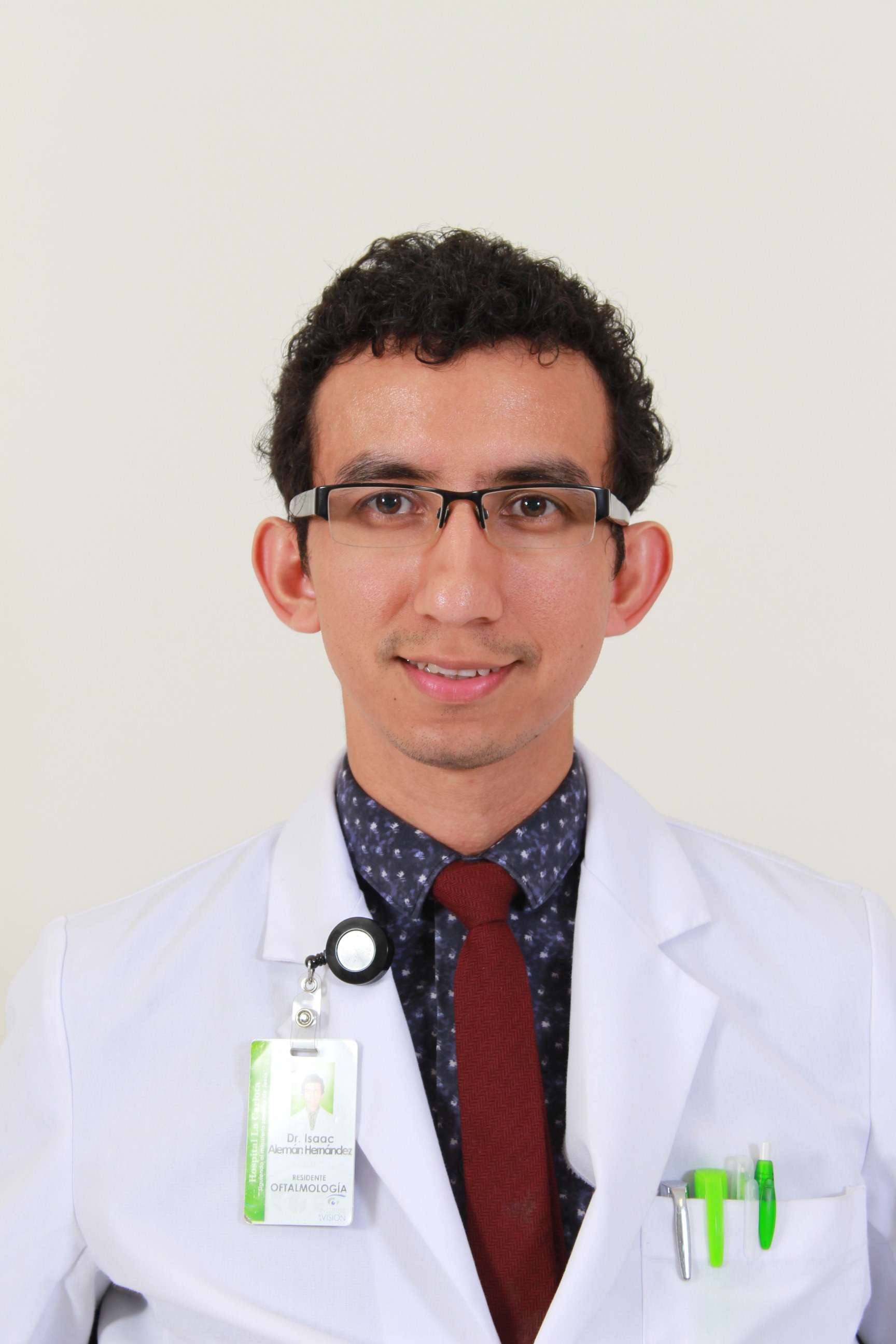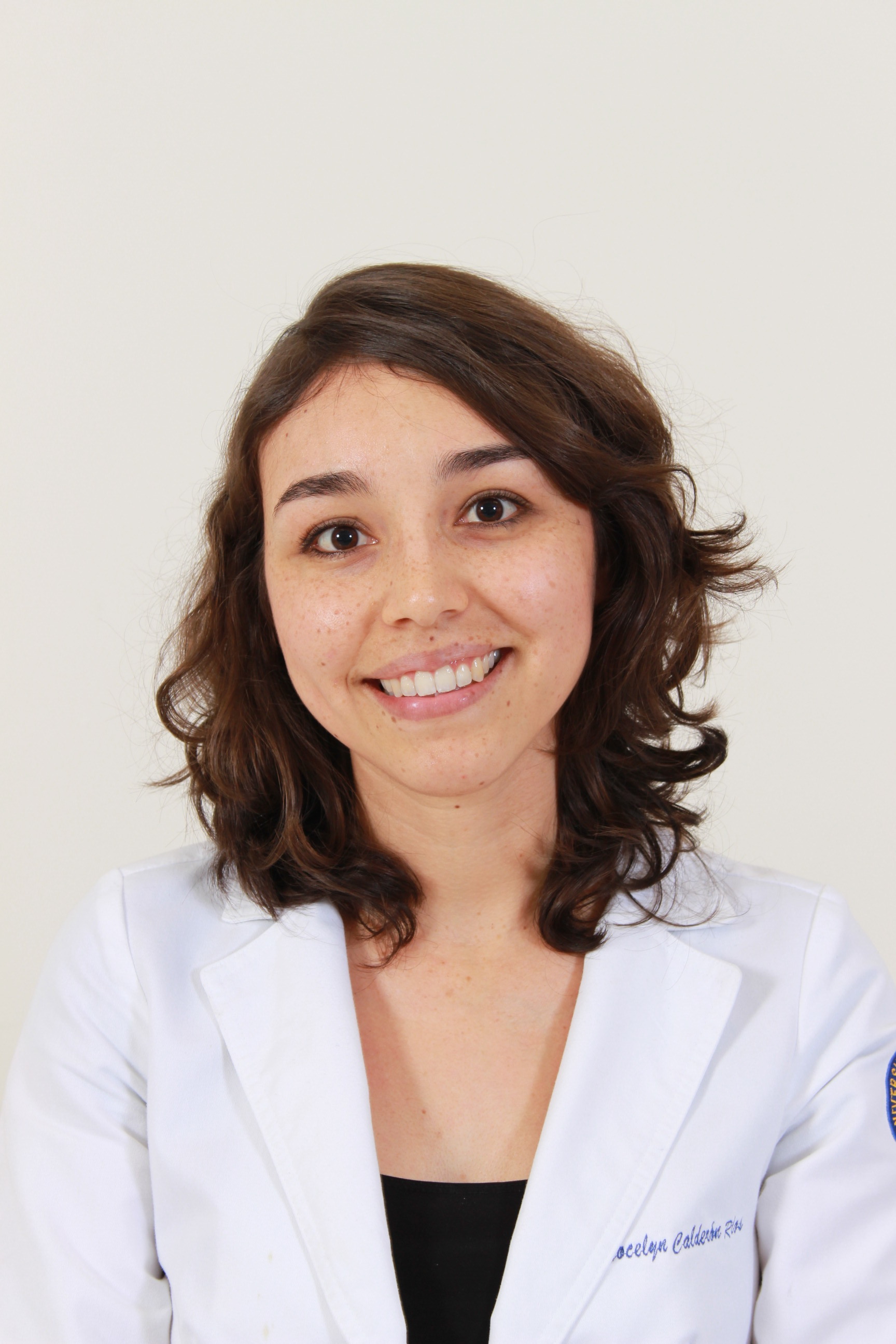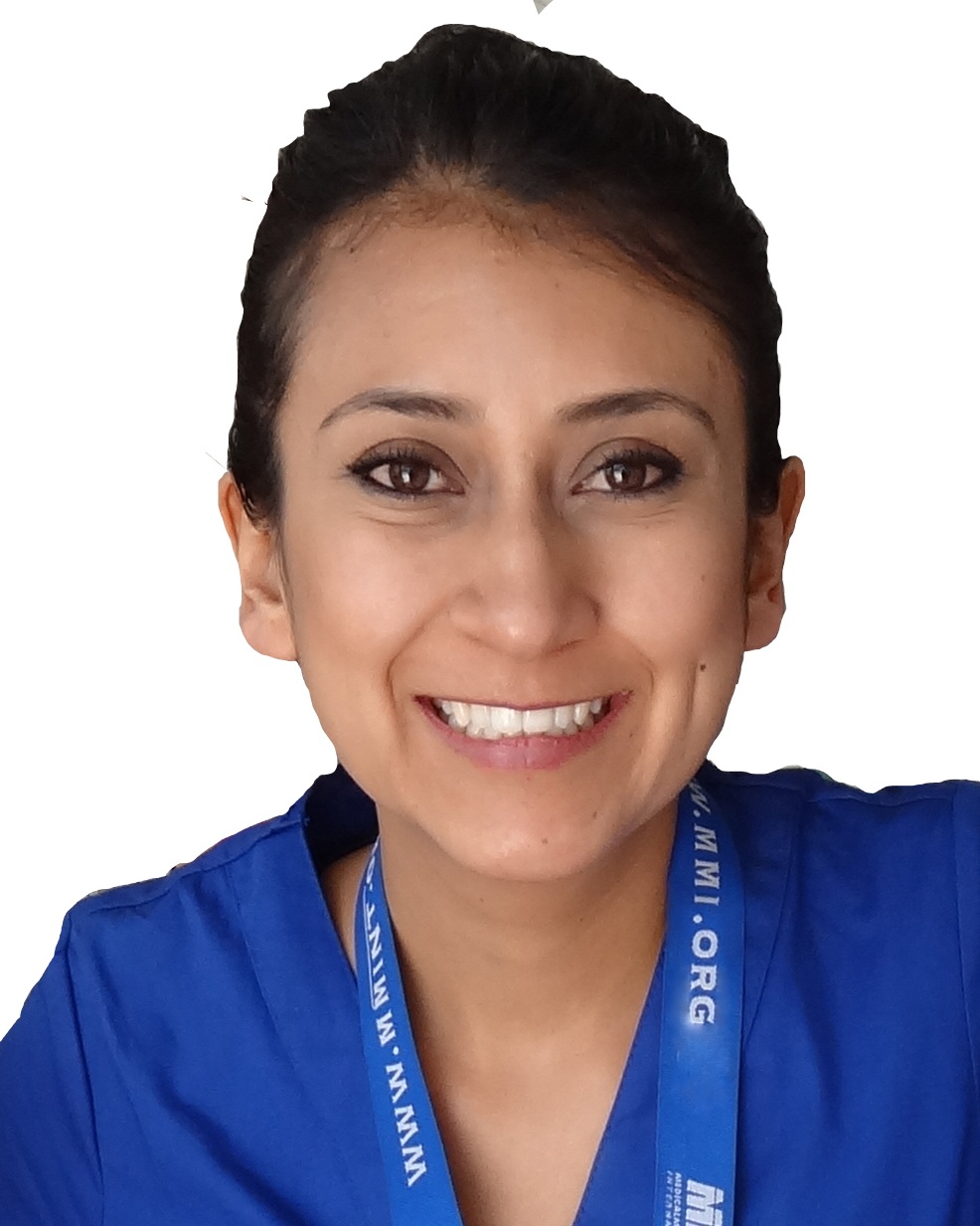Medical Ministry International in Mexico
Medical Ministry International’s work in Mexico began in the 1970’s. Apart from the 1 and 2-week projects taking place, Medical Ministry International has been able to support the development of four Health Centers committed to serve those living in poverty in Mexico. The Health Center in Montemorelos has a vibrant residency and fellowship training program, sending ophthalmologists to many countries of the world.
In past years, Juan Carlos Pedraza has been involved in project leadership, predominantly in Mexico. He has been helping to move our project work into other areas of medicine, such as dentistry and general surgery.
Dan Copeland has over 20 years of experience with Medical Ministry International in Dominican Republic, Haiti, Guatemala, Ethiopia, and Mexico. Dan has been living in Chiapas since 2009, helping to launch new 1 and 2-week projects in the south of Mexico.
Project Sites:
MONTEMORELOS, MEXICO SUPPORT TEAM
Travelling on a Project
About Mexico
COUNTRY BACKGROUND
Mexico, officially called the United Mexican States, is a federal republic in the southern portion of North America. Many years ago, the Aztecs were a highly developed, rich Mexican civilization. Their elegant capital city, Tenochtitlan, may have been the largest city in the world in the early 1500s. In 1519, the Spanish explorer Hernando Cortes landed in Mexico. He was amazed by the Aztec civilization and its gold. The Aztecs welcomed these pale visitors as gods, but the Spanish were more interested in the Aztecs' wealth. After two years of struggles, Spanish fighters captured Tenochtitlan and burned it to the ground. Then they built Mexico City on its ruins. Today, Mexico City is one of the largest cities in the world. Mexico remained under Spanish control until a long struggle ended in Mexico's declaration of independence in 1821. Due to its rich culture and history, Mexico ranks first in the Americas and seventh in the world by number of UNESCO World Heritage Sites. Mexico is a megadiverse country, ranking fourth in the world by biodiversity. In 2016 it was the eighth most visited country in the world, with 35 million international arrivals.
Most of Mexico's people today are "mestizos" — a cultural identity used by people who have both Indigenous and Spanish ancestors. About 90% of Mexicans are Roman Catholic. Mexico has many beautiful churches and shrines, and people mark special days with colorful religious festivals. Mexico has a strong culture and traditions, and its people have worked to make its democracy stronger. There are many people living in poverty in Mexico, as well as many who are middle-class. Many people have left the harsh poverty of Mexico's countryside to move into its crowded cities.
LOCATION:
North America, bordering the Caribbean Sea and the Gulf of Mexico, between Belize and the United States and bordering the North Pacific Ocean, between Guatemala and the United States.
GEOGRAPHIC COORDINATES:
23 00 N, 102 00 W
MAP REFERENCES:
North America
TOTAL AREA:
1.964 million km²
BORDER COUNTRIES:
Belize, Guatemala, US
COASTLINE:
9,330 km
MARITIME CLAIMS:
12 nautical miles
CLIMATE:
Tropical along coast and eastern plains; cooler in highlands
TERRAIN:
High, rugged mountains; low coastal plains; high plateaus; desert
ELEVATION EXTREMES
LOWEST POINT:
Laguna Salada - 10 m
HIGHEST POINT:
Volcan Pico de Orizaba - 5,675 m
